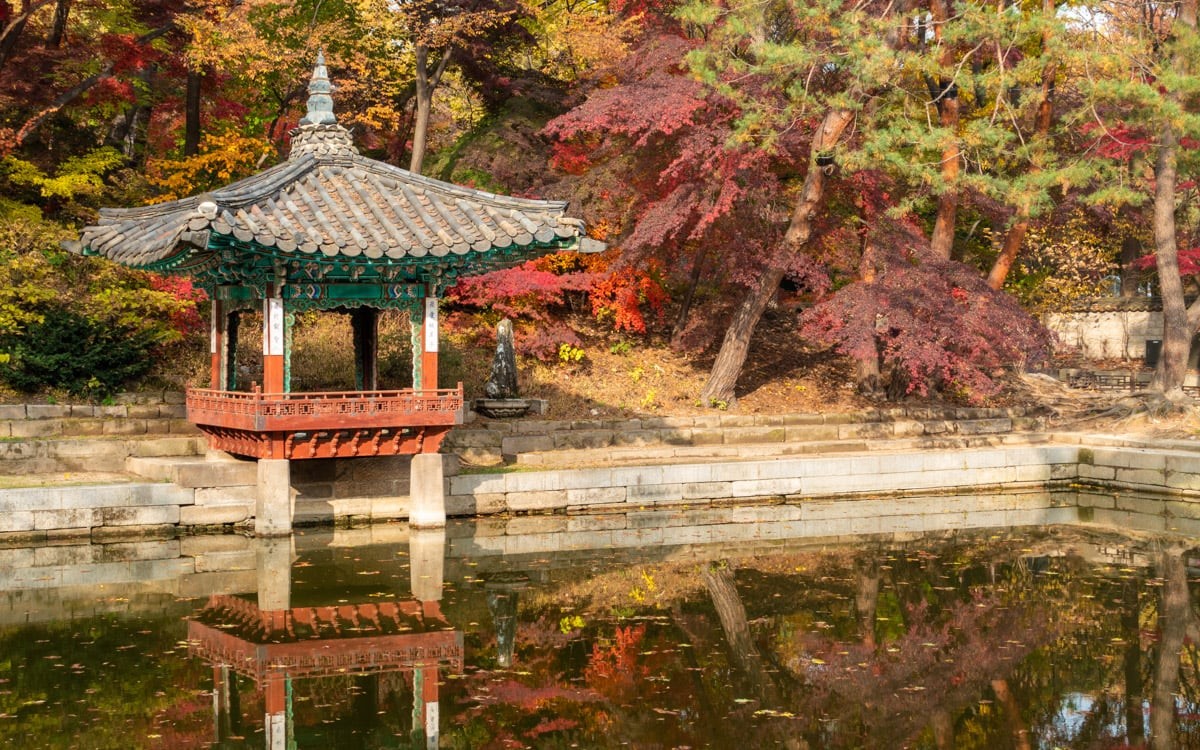
The Tower of London: A Fortress of History and Majesty
The Tower of London, standing proudly along the banks of the River Thames, is one of the most iconic and historically rich landmarks in London. This UNESCO World Heritage Site has witnessed nearly 1,000 years of British history, from its origins as a royal palace to its dark reputation as a prison and place of execution. Today, the Tower is a captivating symbol of Britain's turbulent past, offering visitors a rare glimpse into the nation's royal, military, and cultural legacy.
A Fortress with Royal Beginnings
The Tower of London was founded in 1066 by William the Conqueror after his victory at the Battle of Hastings. Originally built to assert Norman dominance over the city, the central structure, known as the White Tower, was completed by 1078. This imposing stone keep served as a symbol of power and intimidation, towering over the medieval skyline of London. Over the centuries, successive monarchs expanded and fortified the Tower, transforming it into a royal residence, treasury, and military stronghold.
The Tower's strategic location on the Thames allowed it to serve as both a defensive fortress and a gateway to London. Its sturdy walls, bastions, and deep moat made it nearly impenetrable, earning it a reputation as one of the most formidable castles in Europe. Despite its grim history, the Tower's architectural beauty and commanding presence evoke a sense of awe and grandeur that has captivated visitors for centuries.
A Palace Turned Prison
While the Tower of London is famous for its military and royal functions, it is perhaps most notorious as a prison. During the Tudor and Stuart eras, it became the holding place for high-profile prisoners, including queens, princes, and political enemies. Some of its most famous captives include Anne Boleyn, Lady Jane Grey, and Guy Fawkes. The stories of betrayal, treason, and execution that echo through its walls have fueled its reputation as one of the most haunted sites in Britain.
The infamous Traitor's Gate still stands as a grim reminder of those brought into the Tower by boat to face imprisonment or execution. For many prisoners, the Tower was the final stop before death, with executions taking place on Tower Green or Tower Hill. These dark chapters in the Tower’s history only add to its mystique, making it a site of fascination for those intrigued by the darker side of British history.
The Crown Jewels: A Display of Regal Splendor
One of the Tower's most dazzling attractions is the display of the Crown Jewels, housed in the Jewel House. This spectacular collection, featuring some of the most precious gemstones in the world, includes the Imperial State Crown, the Sovereign’s Orb, and the Sceptre with the Cross. The jewels are still used in royal ceremonies today, such as the State Opening of Parliament and coronations, making them a living part of Britain's royal tradition.
The Crown Jewels are an extraordinary display of craftsmanship, wealth, and power, symbolizing the continuity of the British monarchy. Visitors are often mesmerized by the sheer beauty and brilliance of the jewels, which are guarded day and night by the Yeoman Warders, also known as the Beefeaters. The jewels, set against the ancient stone walls of the Tower, create a striking contrast between opulence and history.
Yeoman Warders and the Ravens: Guardians of Tradition
The Yeoman Warders, better known as the Beefeaters, have been the ceremonial guardians of the Tower of London for centuries. Dressed in their iconic Tudor-style uniforms, they conduct tours, share the Tower’s intriguing stories, and uphold its ancient traditions. The Beefeaters are a living link to the Tower’s past, adding to its timeless appeal and charm.
An intriguing part of Tower folklore is the presence of the ravens. Legend has it that if the ravens ever leave the Tower, the kingdom will fall. To prevent this, a small group of ravens is kept on the grounds, carefully tended to by the Ravenmaster. These black-winged creatures have become an integral part of the Tower's mystique and are beloved by visitors.
A Fortress of Beauty and Majesty
Beyond its turbulent history, the Tower of London is also a place of striking beauty. The massive stone walls, turrets, and battlements form an imposing yet elegant silhouette against the London skyline. Visitors can explore the historic structures within the Tower, including the White Tower, the Bloody Tower, and the Royal Chapel of St. Peter ad Vincula.
The White Tower, with its Norman Romanesque architecture, remains the most prominent feature of the complex, symbolizing both the power of the monarchy and the Tower's military origins. The surrounding grounds and courtyards are a peaceful contrast to the fortress’s history, offering scenic views of the Thames and the modern city beyond.
In addition, the Tower’s proximity to Tower Bridge, one of London’s most iconic structures, creates a picturesque setting, with the ancient Tower reflecting the light of the river, merging history with the modern world.
A Timeless Landmark
The Tower of London stands as a living testament to Britain's rich history, embodying the struggles, triumphs, and traditions of a nation. Its ability to evolve from a medieval fortress and royal residence to a prison, execution site, and treasury of the Crown Jewels reflects the ever-changing nature of British history. Yet, through it all, the Tower has retained its grandeur, charm, and intrigue, drawing millions of visitors every year.
In conclusion, the Tower of London is not merely a relic of the past; it is a living, breathing monument to the resilience of British royalty and tradition. Its architectural beauty, combined with its haunting history and royal treasures, make it a truly remarkable site. Whether walking through its storied halls or marveling at the brilliance of the Crown Jewels, visitors to the Tower are sure to leave with a deep sense of awe and appreciation for this enduring symbol of Britain’s regal heritage.





